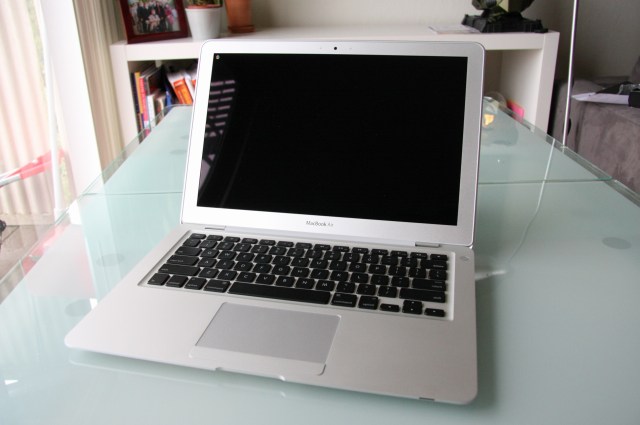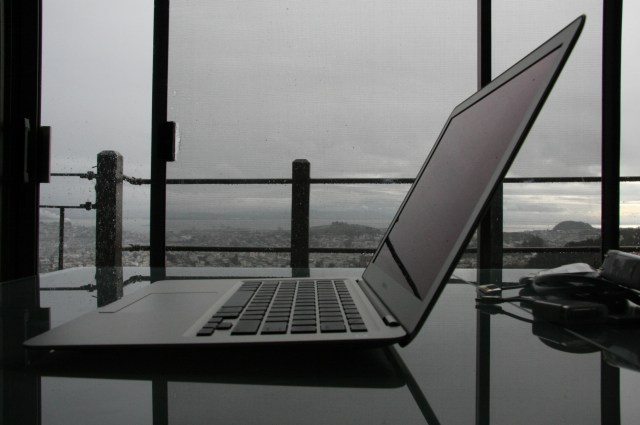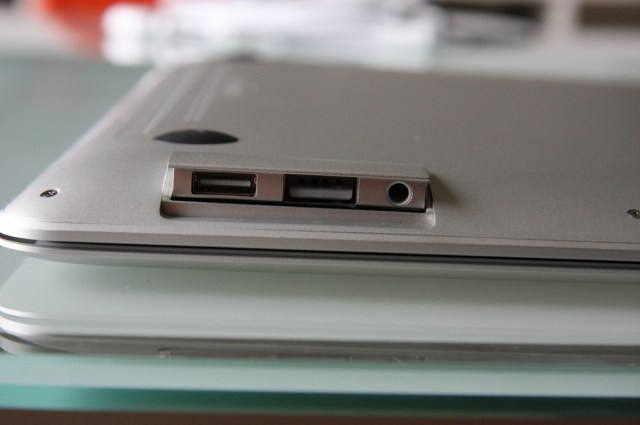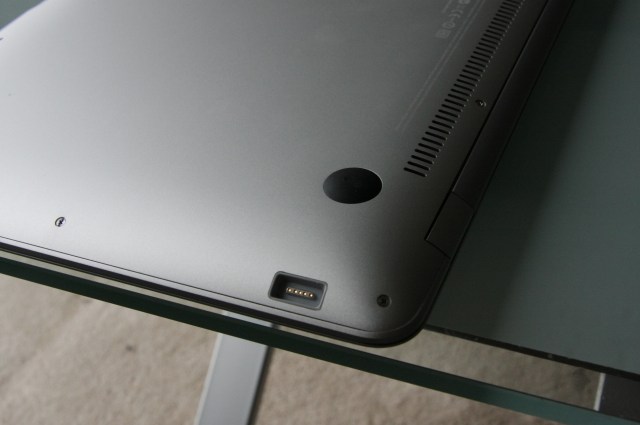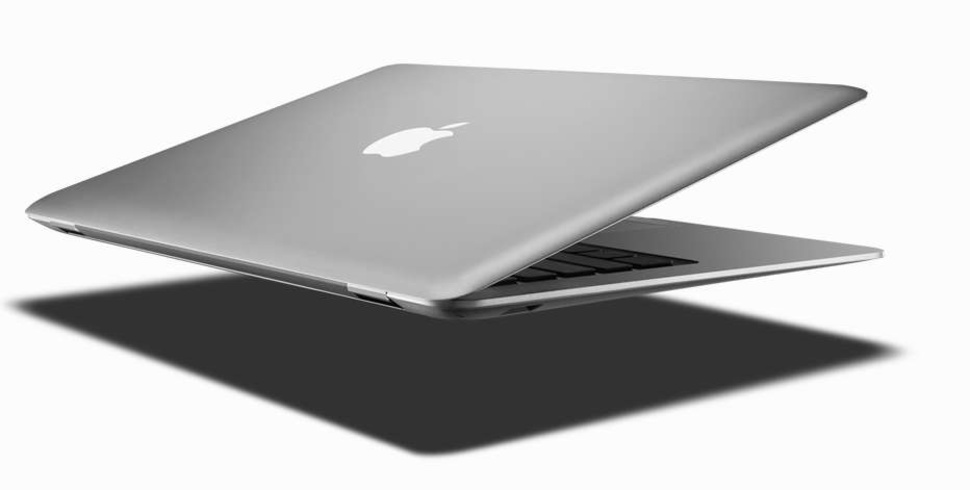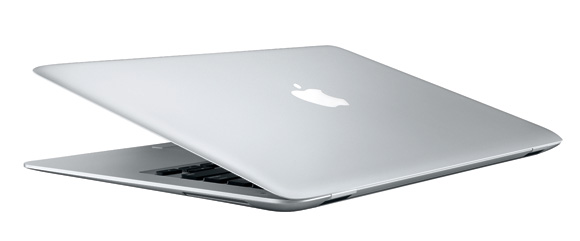Sleek, super thin, super light – that was the MacBook Air. Although from today's point of view, the dimensions and weight of the historically first model probably won't impress us, at the time, the first MacBook Air caused quite a stir.
The thinnest. Really?
When Steve Jobs walked onto the podium at the Macworld conference on January 0,76th with an envelope in hand, few had any idea what was going to happen. Jobs pulled out a computer from the envelope, which he introduced as a revolutionary Apple laptop and was not afraid to call it "the thinnest laptop in the world". And a thickness of 0,16 inches at its widest point (and 13,3 inches at its thinnest point) was truly respectable ten years ago. The laptop with a XNUMX-inch screen was also proud of its aluminum unibody construction and almost a fly weight. The engineers at the Cupertino company then did a job that both the lay and professional public took their hats off to.
But was the MacBook Air really the thinnest laptop in the world? This question is a no brainer - you could measure the Sharp Actius MM10 Muramasas at some points back then with lower readings than the MacBook Air. But these differences were stolen from most people – almost everyone sighed admiringly over the MacBook Air. The commercial, in which an Apple ultra-thin laptop is taken out of its cover and opened with a single finger to the accompaniment of the song "New Soul" by the singer Yael Naim, is still considered one of the most successful.
A revolution in the name of Unibody
The design of the new MacBook Air caused – as is customary with many Apple products – a revolution. Compared to the PowerBook 2400, which had been Apple's lightest laptop a decade earlier, it felt like a revelation from another world. Among other things, the Unibody production process was responsible for this. Instead of multiple aluminum components, Apple managed to construct the exterior of the computer from a single piece of metal. The unibody design proved so successful for Apple that in the following years it was gradually applied to the MacBook and later also to the desktop iMac. Apple has slowly passed the death sentence on the plastic construction of computers and headed towards an aluminum future.
The target audience for the MacBook Air was users who were less focused on performance. The MacBook Air lacked an optical drive and the first model only had a single USB port. It suited especially those who placed the greatest emphasis on mobility, lightness and economical dimensions. Jobs' goal was to make the MacBook Air a literally wireless machine. The laptop lacked an Ethernet and FireWire port, it was supposed to connect mainly via Wi-Fi.
The historically first MacBook Air was equipped with a 1,6 GHz Intel Core 2 Duo processor, had 2 GB 667 MHz DDR2 RAM and a hard disk with a capacity of 80 GB. The computer included a built-in iSight webcam and microphone, the display with LED backlight was able to automatically adapt to the surrounding light conditions. The price of the first model started at 1799 dollars.
Do you remember the first generation MacBook Air? What impression did the ultra-thin Apple laptop leave on you?

